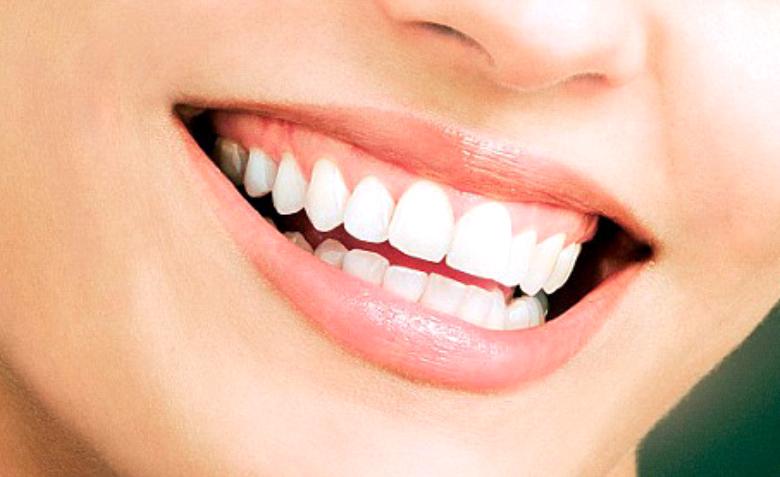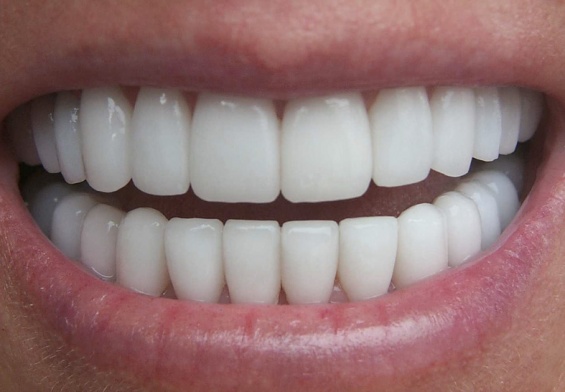 You may gaze into the mirror and simply see a set of pearly whites grinning back at you, but those teeth are a little more complex in their composition – more than you probably have ever thought about.
You may gaze into the mirror and simply see a set of pearly whites grinning back at you, but those teeth are a little more complex in their composition – more than you probably have ever thought about.
When you think of it, your teeth are challenged every day to withstand icy cold or steaming hot drinks, or to crunch down and pulverize every piece of food that you put into your mouth. We’ve had our current teeth since we outgrew our baby teeth and got the permanent set, and, for some, old cavities or dental issues forced us to get crowns so that our old metal fillings were not so unsightly.
We are pretty vain about our teeth, ensuring we have them cleaned and polished, at least twice yearly, and inspected by the dentist as well. Because we want to have a beautiful smile, we do as we are told, spending our hard-earned money on just the right firmness of toothbrush, toothpaste that caters to our needs, whether our needs are toothpaste geared for sensitive enamel coating or a favorite type of floss or tape for routine flossing.
Maintain our pearly whites
A tooth is similar to a tree, in that only a portion of it is visible and the balance is beneath the surface. In this case, the crown is what you see and the roots are embedded in your gums and reach beyond into the jaw bones. You might be surprised to hear that your teeth are comprised of so many parts and they are varying in composition. For example, the outer layer of each tooth is very hard. It protects the next layer, termed the dentin, which is much softer. Inside each tooth is the pulp of the tooth and here is where sensitivity occurs … your tooth is susceptible to hot/cold and pain. There are also blood vessels here. It sounds pretty complex – no wonder the tooth fairy has to pay such a high rate when you put a tooth under your pillow.
Each tooth has three anatomical parts
The crown of a tooth is the portion of the tooth which is covered with enamel and visible when you peer into your mouth.
The root of a tooth is embedded within the jaw. The root acts like an anchor to hold the tooth in place in the bony socket and is not normally visible.
The neck of a tooth is where the root meets the crown.
More components to the tooth

The enamel of a tooth is the hard outer layer of the crown. Unbelievably the enamel on your tooth is the hardest substance in your body. It has to be – biting into a crispy apple, chewing on ice (yup, you shouldn’t do this, but you know you do it anyway) … your teeth must be able to withstand chewing on hard food without cracking. But, for all its supposed resiliency, as to withstanding the stress of biting, chewing and grinding, the enamel is, in fact, very brittle and prone to cracking and chipping. This is why you must protect your teeth if you are in sports activities by using a mouth guard. Even if you are not involved in sports, but you grind away at your teeth when you sleep, you need a different type of mouth guard to protect the enamel on your teeth. Enamel is translucent, so on a sunny day, there is the illusion that you can see the light right through the tooth, but this is but an illusion, as the enamel is not clear. As we age, the enamel loses clarity due to coffee, tea, tobacco or poor dental maintenance. Then discoloration occurs, and it may be removed by the dentist by polishing the teeth.
The dentin of a tooth, while not as hard as the enamel, forms the bulk of the tooth and can be quite sensitive if the protection of the enamel is lost.
The cementum of a tooth, like the dentin, is not as hard as the enamel, but is a layer of bone-like tissue covering the root.
The pulp of the tooth is the soft tissue that contains the blood and nerve supply to the tooth and it extends from top to bottom, or more specifically, from the crown to the tip of the root of the tooth. You often hear of the pulp canal or a root canal – a process which sounds painstaking and painful. It occurs when the pulp becomes inflamed, infected or becomes unable to deliver nutrients to the tooth. Then, a root canal must be performed to save the infected tooth instead of pulling it.
Supporting structures around the tooth
The periodontal ligaments are thousands of fibers which fasten the cementum to the bony socket. They act as shock absorbers between the jaw bone and the tooth during mastication, also known as chewing.
The oral mucosa is the term which describes the moist tissue that lines the mouth.
The gums, or more specifically and scientifically referred to as the gingivae (gums), are soft tissues that envelope the teeth and bone. Their purpose is to protect the bones, roots of the teeth and provide an easily lubricated surface in the mouth.
The bone provides a socket that surrounds and supports the roots of the teeth.
Finally, each and every tooth has nerves and blood supply. The teeth are sensitive to a wide variety of stimuli and the blood supply is necessary for the tooth to thrive in the mouth.
To say the makeup of your teeth is simple is an understatement. Good dental hygiene will keep your teeth in fine form and hopefully you shall go to your grave wearing your very own choppers and not a porcelain pair.


